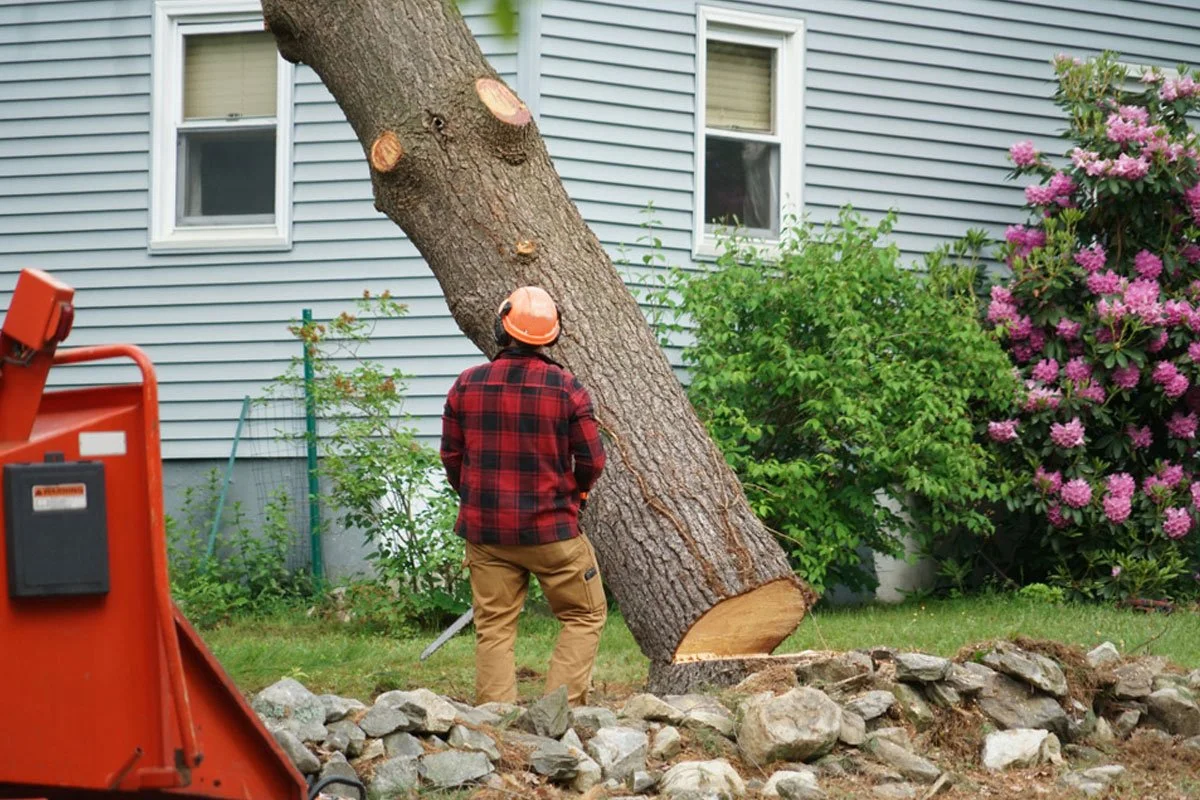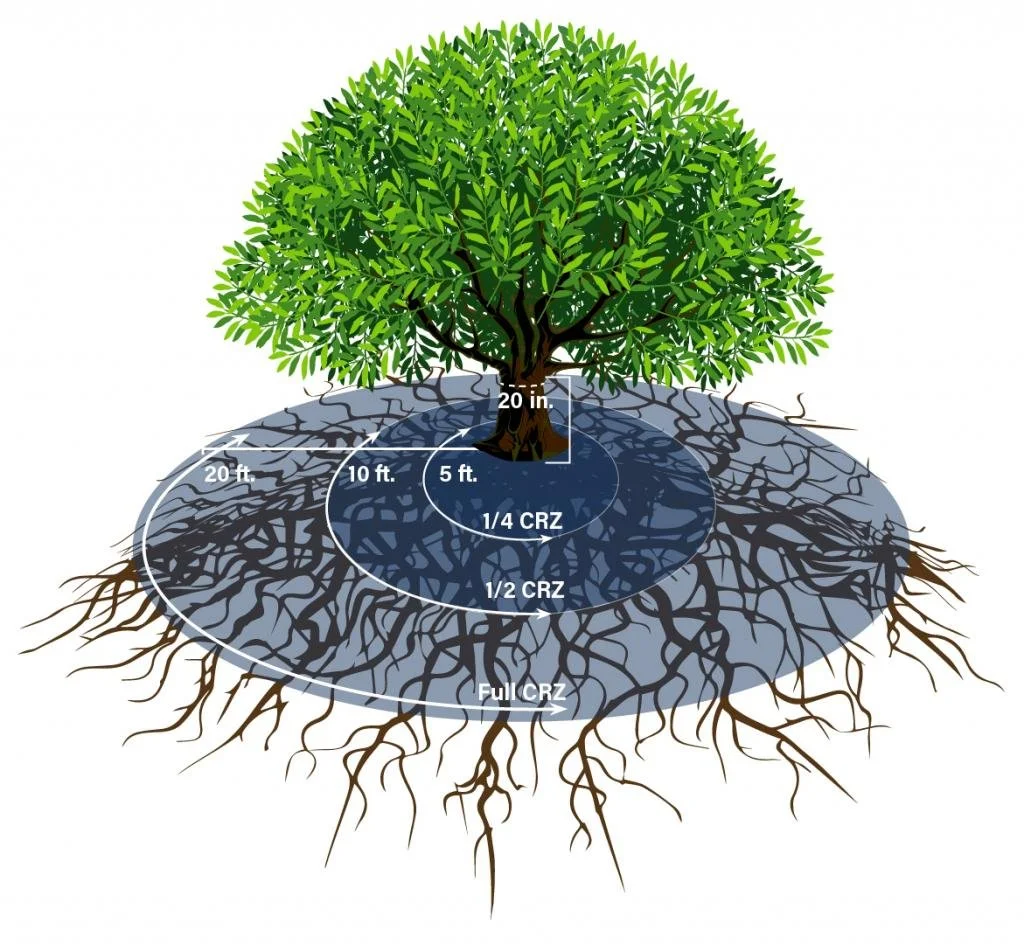How to Build a Pool Around a Heritage Tree in Austin
As one of the fastest-growing cities in the country, Austin has undergone significant development in recent years. However, with this growth comes the need to preserve the city's natural heritage, including its Green Belt and the many significant trees that call it home. The City of Austin has recognized the importance of preserving these trees through its Heritage Tree Ordinance, which aims to protect the city's most significant trees during construction projects. If you're a homeowner or contractor planning a construction project in Austin, it's essential to understand the regulations in place and take steps to preserve the city's rich natural heritage.
The presence of Heritage Trees on your property can pose a unique set of challenges. While the benefits of trees are widely recognized, their root systems can interfere with the construction process, leading to potential damage to the tree or its removal altogether. To avoid these issues, homeowners must take special care to ensure that the pool's design and placement do not infringe on the trees' root systems. If a Heritage Tree does need to be removed, there are certain procedures that must be followed, depending on the tree's size.
What is a Heritage Tree?
A tree qualifies as a Heritage Tree in the City of Austin if the tree trunk measured from 4.5 feet from existing ground is larger than 2 feet in diameter and is one of the following species: Texas Ash, Bald Cypress, American Elm, Cedar Elm, Texas Madrone, Bigtooth Maple, Pecan, Arizona Walnut, and Eastern Black Walnut, and all Oak Trees. When trees have multiple stems, if the diameter of the largest stem plus half of all other stems is two feet or larger, it is considered a Heritage Tree as well.
How to properly remove a Heritage Tree.
Heritage Trees larger than 24-inches, but smaller than 30-inches require an administrative variance from the director of the Development Services Department prior to removal. Reasons for removal may include if the tree is in very poor health or poses a safety hazard. Trees larger than 30-inches require a land use commission public hearing before a variance can be granted.
Understanding Tree Preservation Laws.
As defined in Ordinance No. 20100204-038, the Green Belt has social, ecological, economic, historical, and aesthetic benefits for the citizens of Austin. For example, Austin's trees have been estimated to store up to 100,000 tons of CO2 per year. To ensure the protection of the Green Belt, a Heritage Tree ordinance was adopted.
Is The Heritage Tree Ordinance Applicable Beyond Austin's City Limits?
Please note that while Austin serves as our reference point, the regulations may differ slightly based on your location or homeowner's association. Using Austin as a guide, it's important to adhere to the ordinance that requires a minimum of 50% of the critical root zone of all regulated trees to be preserved at natural grade with natural ground cover. Additionally, no cut or fill greater than 4 inches is allowed within the 1/2 critical root zone, and no impacts are allowed within the 1/4 critical root zone. Depending on the impact on the tree and the discretion of City Arborist staff, piers with suspended slabs may be permitted within the 1/2 critical root zone on a case-by-case basis.
To determine where you can and cannot build around trees, envision three development impact zones around the base of the tree. The critical root zone extends 20 feet from the base of the tree, and you can excavate in the outer half of the critical root zone (between 10 to 20 feet from the base of the tree or the green zone). The 1/4 critical root zone extends 5 feet (1/4 of 20 feet) out from the base of the tree on the ground level, and digging in this zone will harm the tree's roots. The 1/2 critical root zone lies between 5 and 10 feet from the base of the tree, and in this zone, you can only dig 4 inches into the soil.
These regulations may also be in effect in your neighborhood or homeowner's association, so it's always a good idea to double-check with your local authority. It's essential to consult with a professional and take steps to preserve these significant trees. At Austin Dreamscapes, we're committed to working within all local regulations and preserving the city's natural heritage. If you have any questions or need some help navigating the rules, don't hesitate to give us a shout! We're always here to lend a hand.



